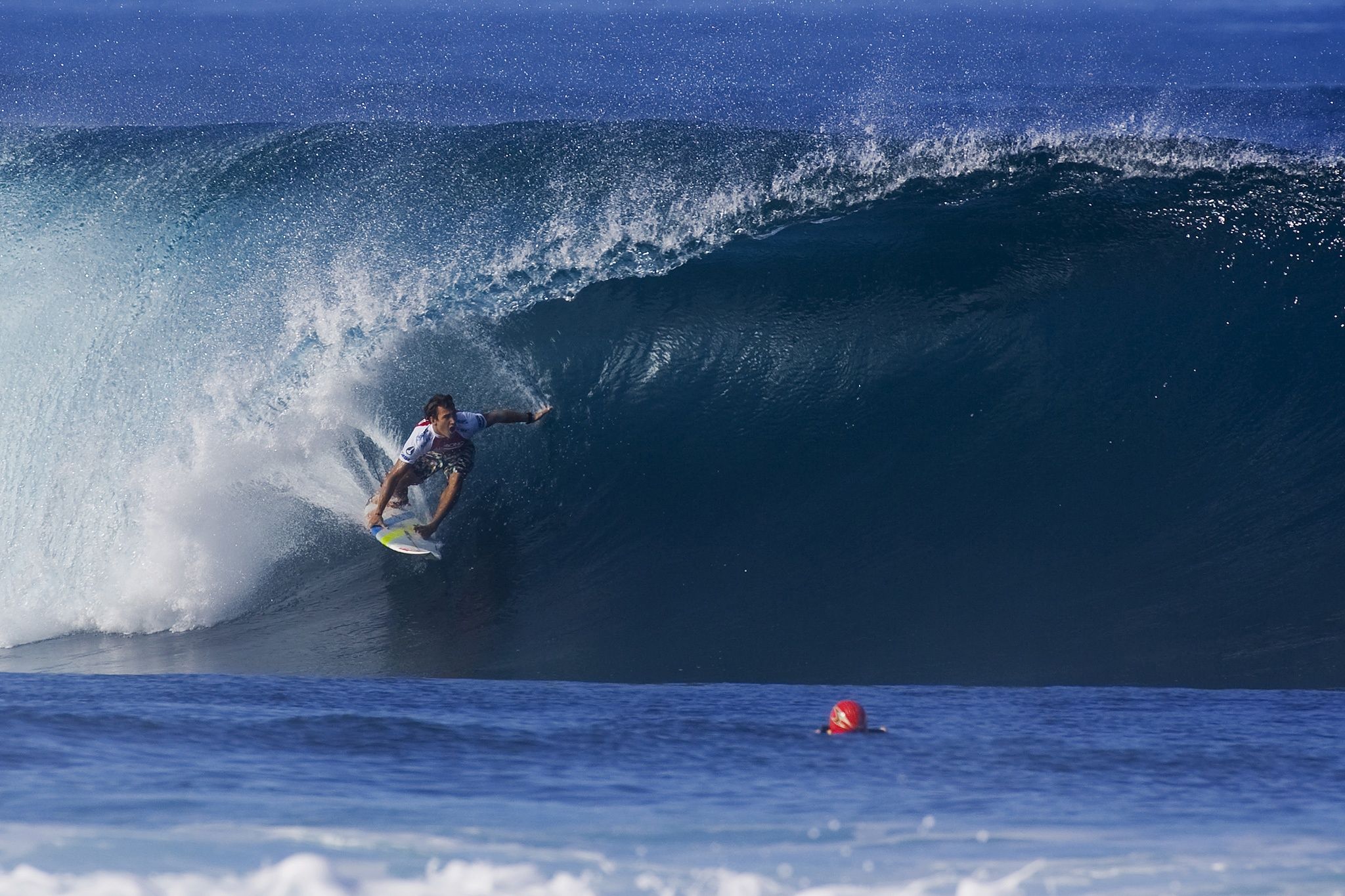Photo by surfglassy
Gravity is serious business. Accordingly, so is camera stabilization.
When you combine the weight of a camera plus a long lens plus a whole lot of other physics- and optics- related variables, camera shake becomes a major hurdle to attaining sharp photographs. Fortunately, this is a hurdle that can be overcome relatively easily. Surely each of us has had some number of potentially incredible photos ruined by camera shake. Perhaps, a few of those images were salvageable; most probably, some were not. Given that chance so often leads to a cruel fate, it’s best to avoid as much as humanly possible the insertion of luck into the photographic process — at least from a procedural and technical perspective.
When addressing practical solutions to camera shake, the cast of characters should be familiar even to newly minted photographers.
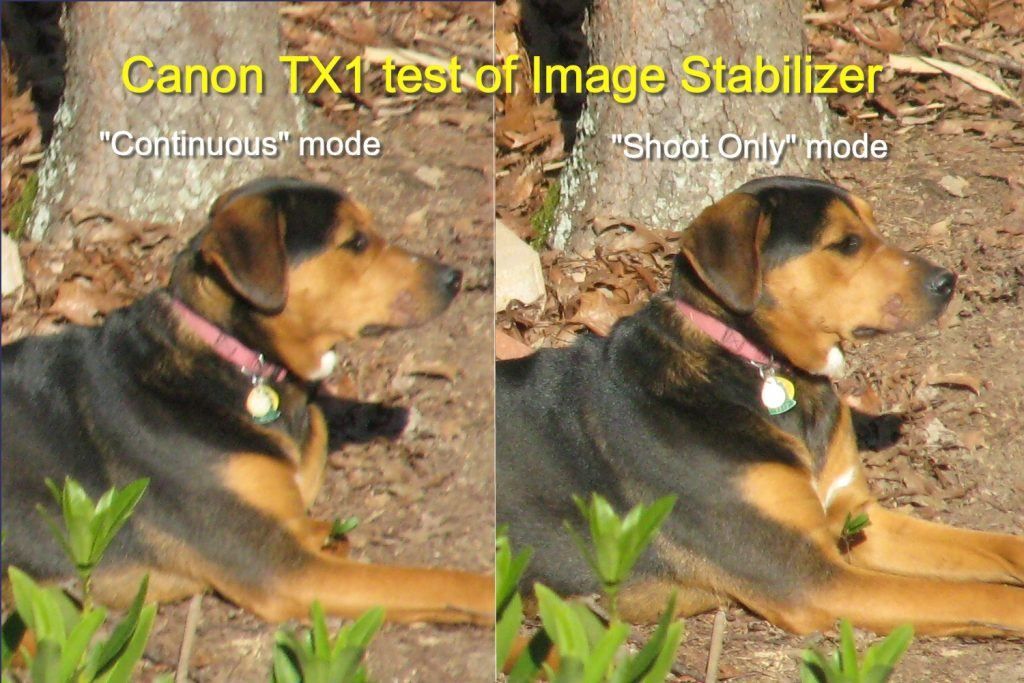
Photo by Curtis Palmer
Image Stabilization
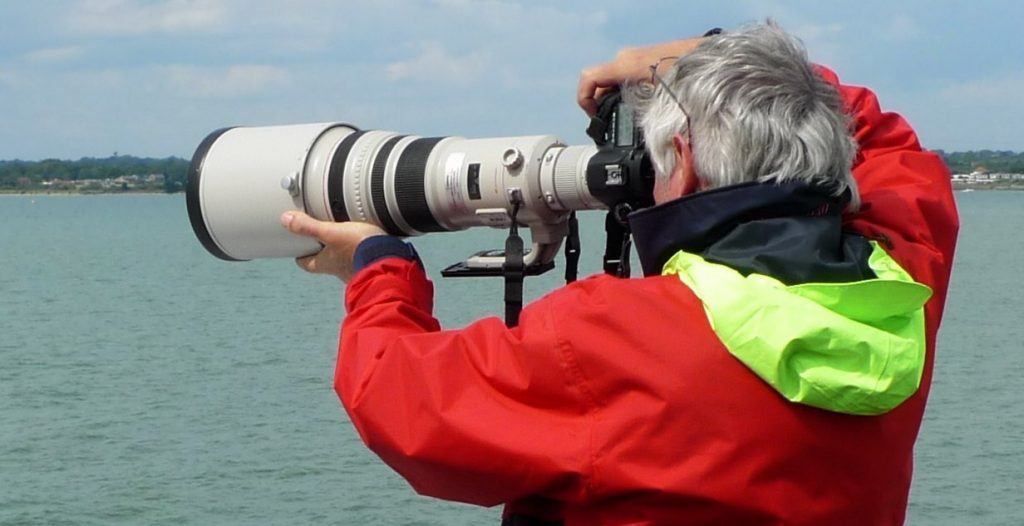
Photo by Henry Burrows
"When addressing practical solutions to camera shake, the cast of characters should be familiar even to newly minted photographers."
The Reciprocal Rule
This old standby posits that to avoid camera shake, set a shutter speed that is at least equal to the reciprocal of the focal length of the lens being used. In other words, if you are shooting with a 150mm lens, then your shutter speed should be 1/150th of a second or faster. This rule,as is, applies to only to full-frame/35mm film cameras. To adjust for crop sensor cameras, simply multiply the focal length by the crop factor of the camera (typically 1.5 or 1.6). Using a camera with a crop factor of 1.6 and the same 150mm lens mentioned above would yield a shutter speed of 1/240th of a second.
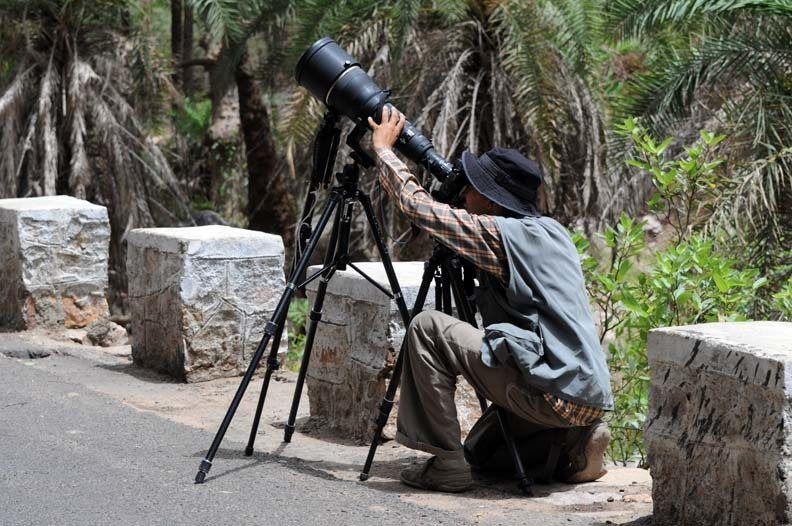
Photo by Koshy Koshy
Tripod
This is the oldest and perhaps most effective method of camera stabilization. Every photographer should own a good, sturdy tripod even if you don’t use it frequently. If you ever intend to make long exposures of any kind, a tripod isn’t optional and the two methods discussed above will be of no use.
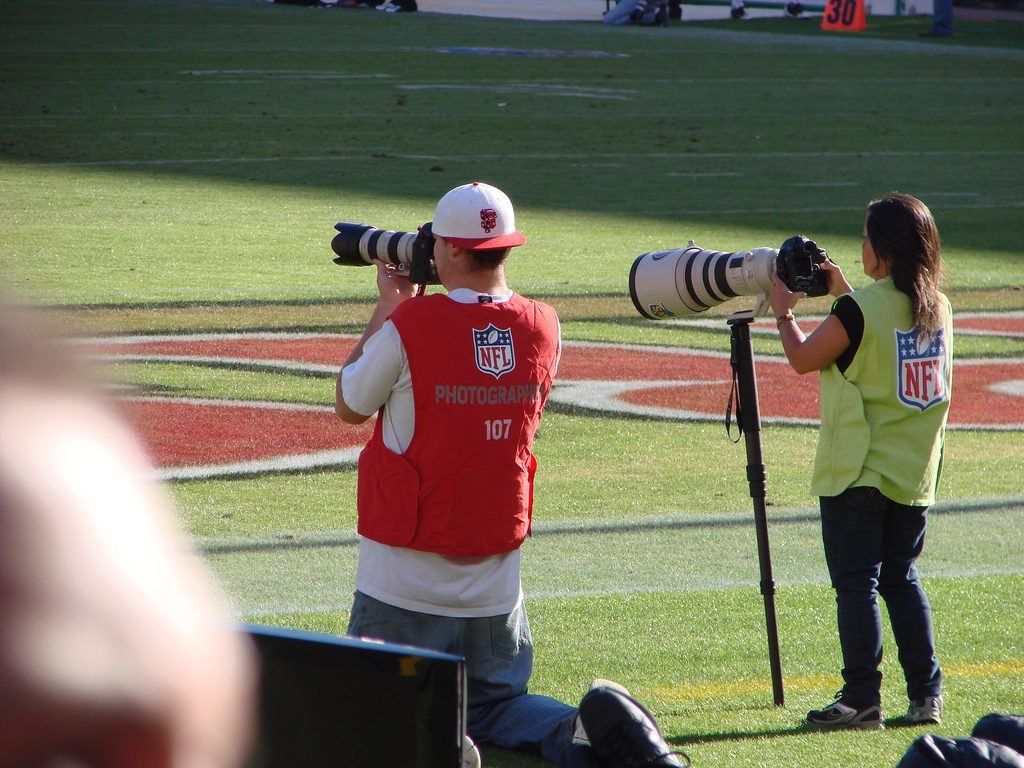
Photo by Amy Meredith
As with many things in life, there’s always a “but,” an exception of some note that’s worthy of being sorted out. Not all lenses and cameras provide built-in image stabilization (though it is increasingly unlikely to find a modern digital camera without this feature implemented in some fashion), and there are still photographers who still use film cameras (which don’t have the feature at all) for some or all of their work.
While the reciprocal rule is reliable, it isn’t always practical; there are times when the aperture and ISO required to shoot in conduction with a particular shutter speed will fail to produce the overall exposure you want.
Tripods can be heavy, and even when they aren’t, that doesn’t mean you feel like lugging one around with you; furthermore, there are venues that strictly forbid the use of tripods, so whether you’re okay with carrying and setting one up becomes irrelevant in such cases.
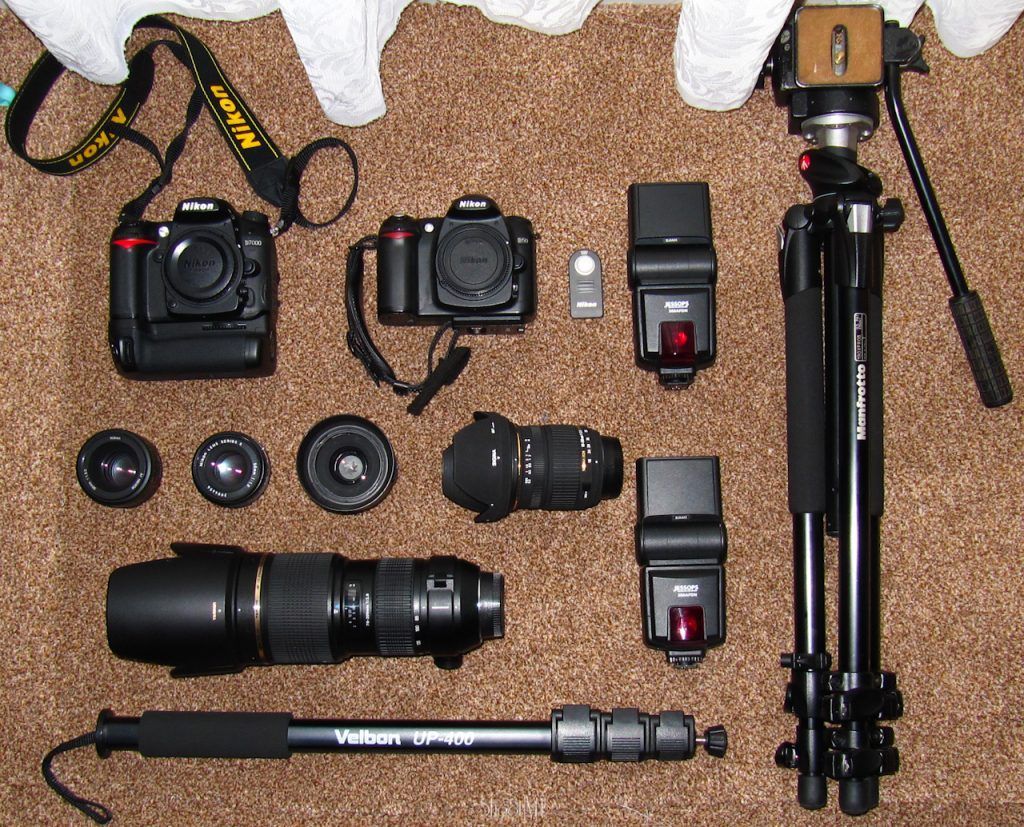
Photo by Micheal Evans
This Brings Us To The Monopod
As the name suggests, a monopod is the one-legged cousin of the tripod. Here are some of the important advantages a monopod gives when you’re in need of camera stabilization.
- Smaller Weight and Size than a Tripod – There are some truly unwieldy tripods out in the world taking up space and generally being menacing toward both people and other tripods! If it is your desire to not play into all the tripod nastiness going on, you’ll be happy to know that monopods are typically a fraction of the weight of many tripods. Given the one-legged design of a monopod, you don’t need to worry about it presenting the tripping hazard that a tripod does; other photographers and innocent bystanders are much safer around monopod users. Plus, you can easily pack a monopod away in your camera bag.
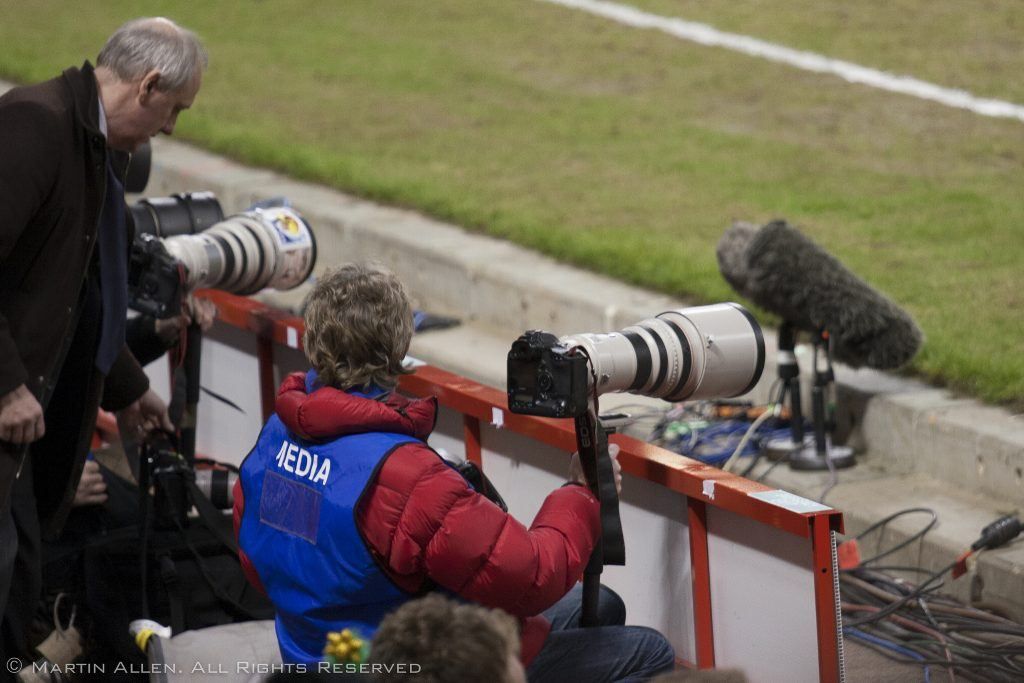
Photo by catford Celt
- Easy to Set Up – With a monopod, all you need to do is extend the one leg and mount your camera. This sure beats having to extend three legs and having to adjust one or more of those legs when you find yourself on an uneven surface.
- Mobility – Due to their ease of set up and light weight, monopods help outdoor and sports photographers stay mobile.
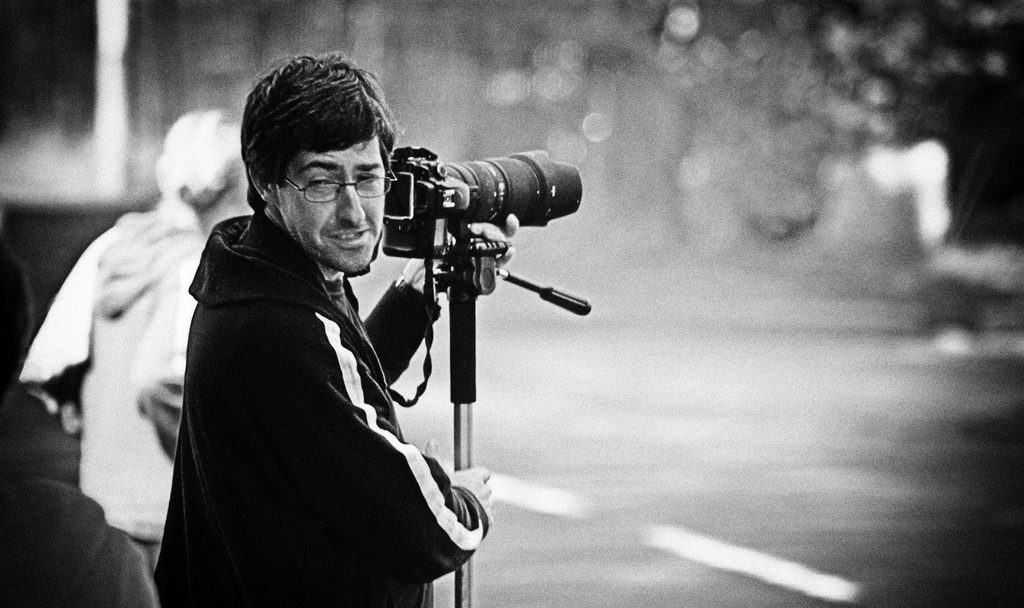
Photo by Ian Caroll
- Easily Adapted to Big Lenses – Heavy lenses tend to include a tripod collar used to better balance the weight of the lens on a tripod. Good news! That collar isn’t the exclusive domain of tripods; monopods use them just as efficiently, helping you overcome the deleterious effects of gravity and big lenses.
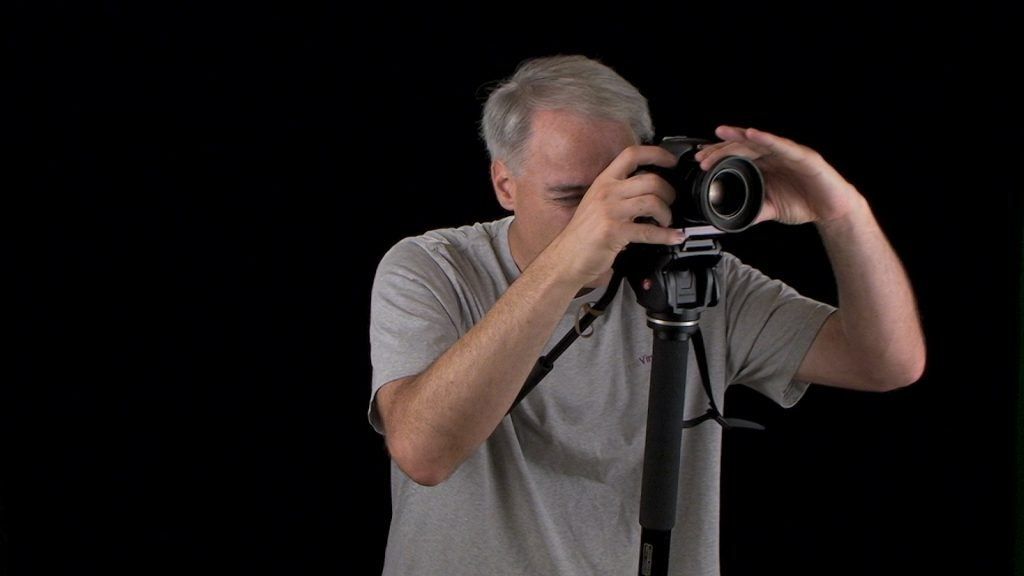
Photo by Dave Dugdale
- Low-Tech Alternative to Image Stabilization – Not having a camera or lens equipped with image stabilization is by no means a barrier to being able to photograph under certain conditions. How do you suppose all the great photographers of yesteryear got by without the technology we so often take for granted? Well, one way was to use a monopod. Don’t let technology dictate what you can and can’t shoot. There’s nothing wrong with some old school problem solving.

This image was taken while using a monopod to hold a camera up near the ceiling. Photo by Dennis van Zuijlekom
- Cost Effectiveness – Buying a good monopod will cost you less than buying a tripod or image stabilized gear.
- Creative Flexibility – You can use a monopod in ways that you can’t use a tripod. As an example, using a wide angle lens, you can attach your camera to a monopod and use the monopod as something of an arm to
capture a bird’s eye view perspective.
Of course, monopods do have drawbacks — one leg isn’t as stable as three; you have to keep your hands on the camera at all times — but they are an important, sometimes overlooked option for achieving camera stabilization. You also have be sure to use good technique in order to maximize a monopod’s effectiveness. Below are a few thoughts on that.
- Add a second point of contact to increase stability. This could be a wall, a fence, a chair, or just about any other stationary structure.
- Engage in a “strategic stance.” If you’re a right handed shooter, place your left foot forward and place the foot of the monopod against your inner right foot, allowing the monopod to lean against the inside of your right leg. This is essentially another method of creating a secondary contact point.
- Form a human tripod. Contrary to what you may see others do — or what you may have done yourself — placing a monopod in a perfectly vertical position isn’t ideal. Instead, use your own two legs (spread about two feet apart) as a starting point, then with the monopod out in front of you, tilt it back toward you as if to form the third leg of a tripod.
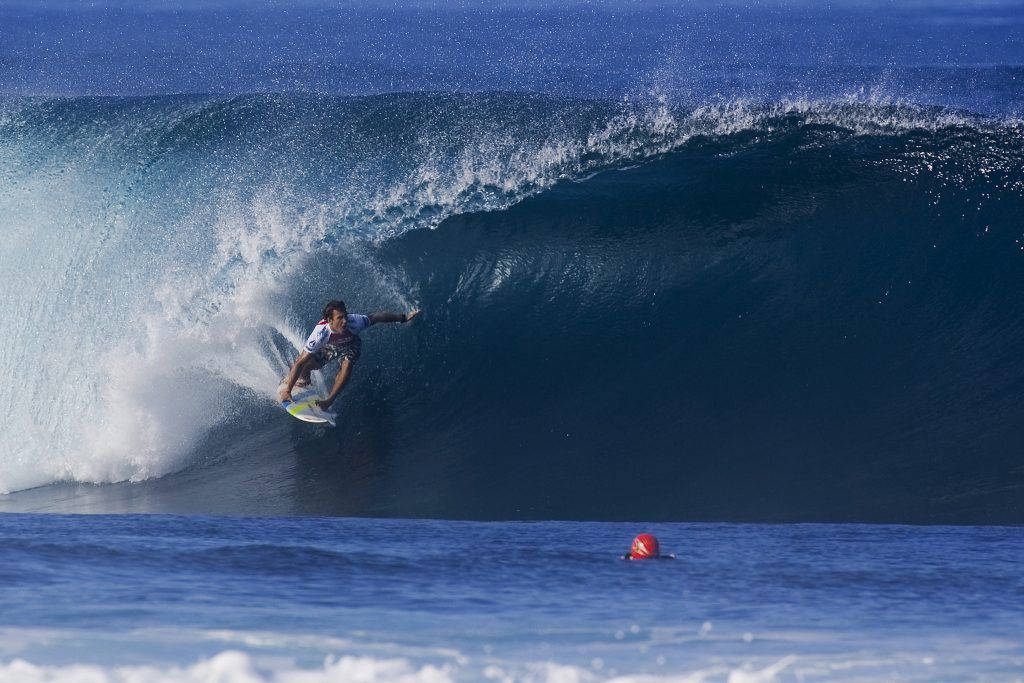
Photo by surfglassy
"The more time you spend with a Monopod, the more proficient you will become, naturally"
These are just some basic ideas to get you started if you’ve never used a monopod, or to help you improve your technique if you haven’t been getting sharp images even while using a monopod.
The more time you spend with it, the more proficient you will become, naturally.
There are more advanced monopod techniques that you might eventually find a use for, but the underlying point remains unchanged: eliminating camera shake is a major factor in producing sharp images, and a monopod is but one of many tools to help you in this endeavor.


